
Sacramento Mayor Darrell Steinberg. (Photo: youtube)
Homeless ‘Tiny’ Apartments Balloon to $425,000 Per Unit in Sacramento
‘If you’re not motivating people to get better, you’re condemning them to die’
By Katy Grimes, September 16, 2020 8:32 am
Sacramento Mayor Darrell Steinberg has been pushing for permanent housing for the city’s homeless. While that may sound reasonable and even decent, the latest project to provide tiny apartments in a renovated old downtown hotel will cost more than $445,000 per unit for about 250 square feet of living space.
Still in its old state, the Capitol Park Hotel is currently home to some homeless, but it wasn’t always this way. The Capitol Park Hotel was used for decades as housing for low-income disabled adults, as California Globe reported in 2019. The city kicked them out in June of last year, and announced the hotel would be renovated at a cost of $23 million. Steinberg even said at the time the hotel would have 180 beds for homeless by August 2019.
At the original 2019 estimate of $23 million to renovate the Capitol Park Hotel into a homeless apartment shelter, the unit cost was already $128,000-per-bed. This has ballooned up to $445,000 per bed – more than three times the original estimate in just one year.
The Mayor and city officials kicked out the low-income disabled adults who paid rent, and moved in some “homeless.”
The hotel used to house 180 residents; when completed, the Capitol Park Hotel will house only 134 of the city’s 6,000+ homeless.
A local advocate said these “homeless” are the drug addicts and mentally ill who refuse the city services. “To call them ‘homeless’ is an insult to those that are truly down on their luck. They are ‘vagrants, ‘criminals,’ ‘druggies,’ and ‘junkies’ who have chosen this lifestyle.”
The advocate suggested that the Capitol Park Hotel renovation, and others like it, was more of a real estate project than sincere homeless housing.
Government Byzantine of Regulations
The renovation project has devolved into a web of bureaucratic restrictions, with local, state and federal government involved.
One of the first problems is the notion of “permanent housing” for the homeless.
Rev. Andy Bales, head of L.A.’s Union Rescue Mission, has a great deal of experience in helping the homeless. He has advised the City of Los Angeles many times — how they could provide clean and comfortable temporary barracks-style shelter, with plumbing and kitchens, security, etc. — for $10,000 a bed. Bales and many of the state’s real homeless advocates say temporary shelter is actually the best answer for the category of homeless who will accept shelter and services, and who only need a respite before getting back to taking care of themselves.
Los Angeles wasn’t interested. Sacramento isn’t interested either, despite many local groups already effectively dealing with homeless offering their blueprints.
Bales addresses this notion of permanent housing: “The city’s current strategy — focusing almost exclusively on permanent supportive housing — takes too long, is too expensive, and addresses the needs of only 20%-25% of Los Angeles’ homeless population,” Bales said in an op ed last year in LA Downtown News.
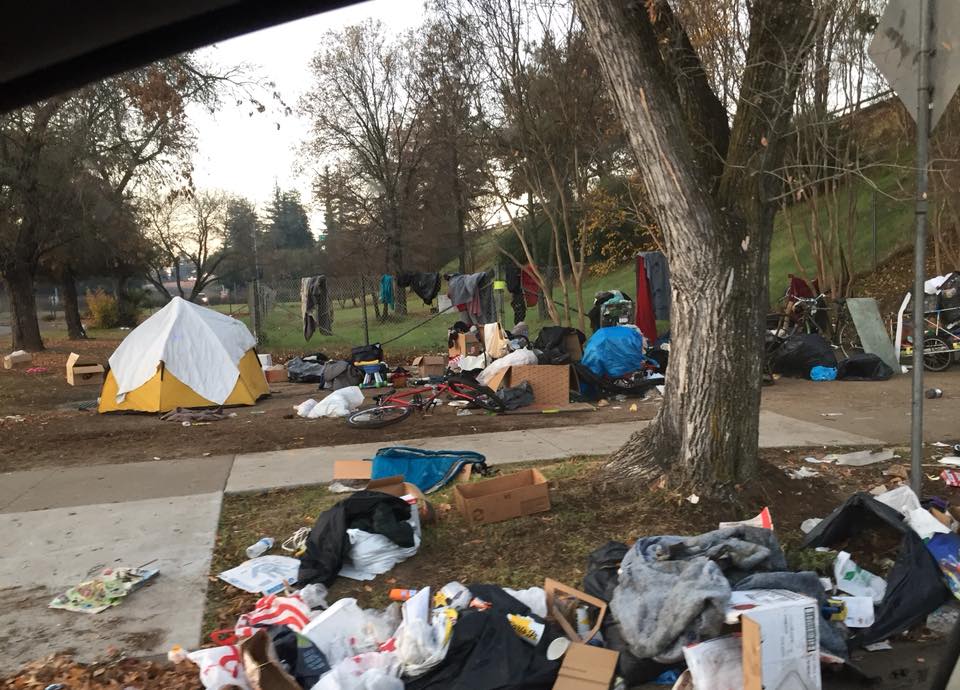
Why Permanent Housing?
The Sacramento Bee asks “why does sheltering the homeless cost so much?”
Redevelopment of the hotel is now budgeted at $59.6 million, (up from $23 million last year) and is expected to be completed in the summer of 2022 (not August 2019).
“If it stays on budget, the project will come to $1,100 per square foot — more than double the square-foot price to build a luxury home in El Dorado Hills or Granite Bay, or to buy a high-end midtown apartment,” the Bee reported.
While the Bee asked a good question, it isn’t the right question, because it doesn’t cost so much to “shelter” homeless. Local advocates say the only successful model is a triage facility which assesses the individual, provides shelter and appropriate services: drug rehabilitation, mental health counseling, or facilitating coordination of local services for the truly “homeless” families needing shelter, work and school for children.
“One of the many things Dr. Drew Pinsky talks about are the ‘resistant cases,’ the transients who refuse services, shelter and treatment,” Ramona Russell reported at California Globe in a January interview with Dr. Drew Pinsky. “He believes these cases represent about sixty to eighty-five percent of the homeless population, and one of the biggest reasons for this is anosognosia, a condition in which the person is unaware of having a disability. This deficit in self-awareness, which blocks the brain to a person’s insight, affects patients with dementia, stroke, psychiatric illnesses and drug addiction.”
Pinsky became an advocate for solving what he calls a drug addiction and mental health crisis, not a housing crisis. “The vast majority have serious mental illness and drug addiction, which means they are not going to magically walk in to housing and have their problems disappear,” Pinsky said. “If you’re not motivating people to get better, you’re condemning them to die.”
Local taxpayers should be asking “why are we providing permanent housing for drug-addicted homeless vagrants when a shelter and triage services are more appropriate, and more effective?”
Ironically, as the Globe reported in 2019, “the city just closed a triage shelter for the vagrants living on the streets.”
When the city closed the triage shelter in 2019, it was to move the funds over to the Capitol Park Hotel renovation… which now won’t be open until 2022, with 134 units, and at more than three times the cost.
This is where and how the city’s drug-addicted, mentally-ill homeless vagrants live.
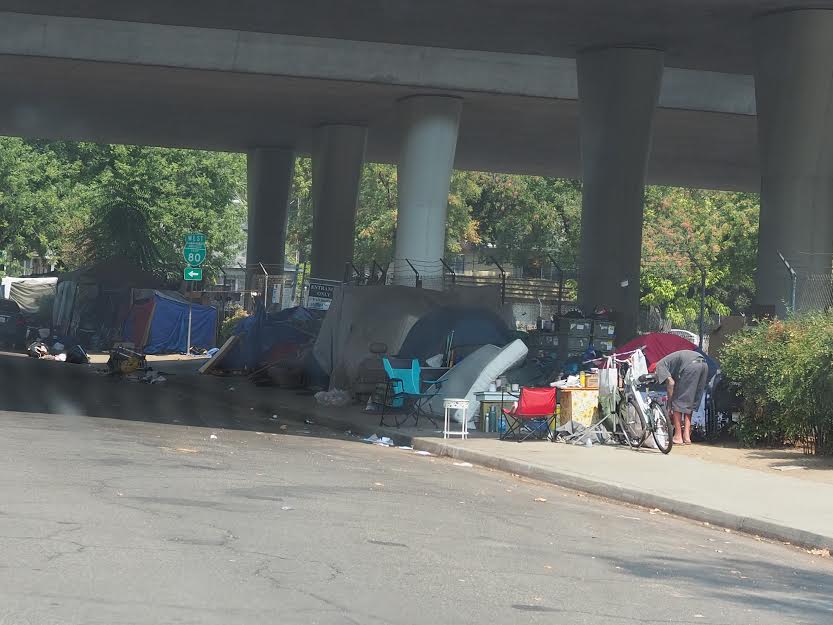
- AG Bonta Promotes California’s ‘Migrant Community’ Over California Citizens - December 20, 2025
- HHS Acts to Bar Hospitals from Performing Sex-Rejecting Procedures on Children - December 19, 2025
- Top 50 Disasters Gov. Gavin Newsom Has Ushered into California: 2025 Edition - December 17, 2025


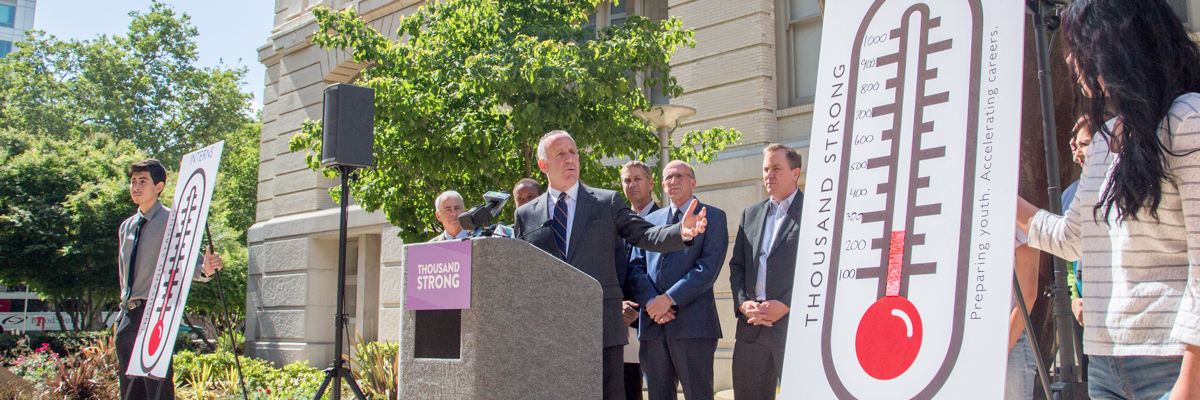
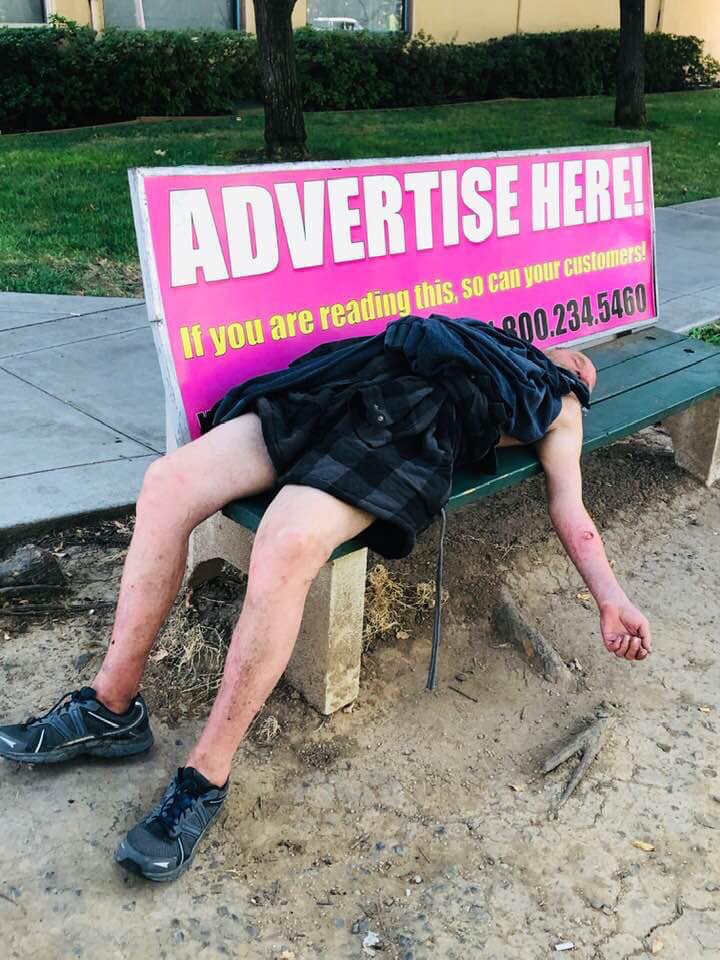
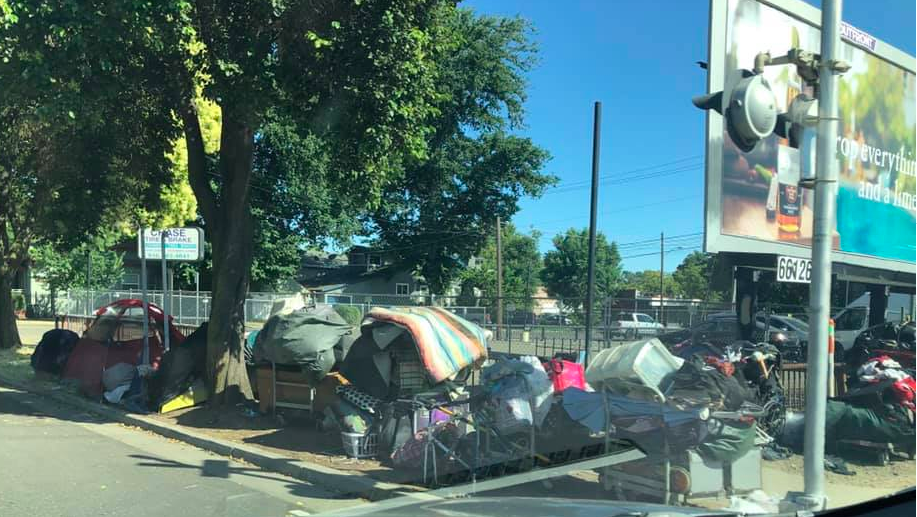
A half a million for a 250 square foot flop house apartment? Besides the fact that $50 grand would be grossly excessive this hotel will need a total renovation after a year after these vagrants trash it.
Only the goobermint could waste this amount of money. Same people who are building the 100 billion dollar choo choo train from nowhere to nowhere.
What happened to the victims of this project? Are these disabled people now homeless?
So… they made people homeless to make room for homeless people?
If there is any true justice in this world, and I believe there is, Sacramento Mayor Darrell Steinberg and his doppelgangers throughout California, such as L.A. Mayor Eric Garcetti and others, will get their comeuppance one day, and it won’t be pretty.
First of all, the “Housing First” model they insist upon simply does NOT work for most of the homeless/vagrants one sees on the street. Why should it? Common sense tells most people that it can’t. The wealth of information that has come out (thank you Globe reporters) since this problem hit critical mass on California’s city streets last year has further explained, in great detail, why it is not a solution for the vast majority of homeless/vagrants whose problem is mental illness and drug and alcohol addiction. And models for how to effectively address the problem have been provided by experts of all stripes who vast experience in this arena.
But does that matter to these mayors and others? No. The mayors and bureaucrats and non-profits and fake “homeless advocates” persist in building very expensive permanent housing whose costs spiral out of control and solve nothing. Why? Because these people BENEFIT from the continuing problem, and the costs, and the choking regulations. The mayors are undoubtedly paying off their friends and the developers who finance their campaigns and building slush funds to dip into for any of a number of reasons. Also known as keeping the “Homeless Industrial Complex” afloat.
That’s right, it’s becoming impossible for us not to conclude that the politicians and the bureaucrats and the non-profits (not all, exceptions are, e.g., Union Rescue Mission and others) are actually PROFITING off the backs of the drug addicted and mentally ill who are living in their own filth on the streets of the cities of California, who desperately need appropriate intervention, and are not getting it.
These addicts and mentally ill are only getting worse, or dying, and all because of the phony and completely off-target “largesse” of these “leaders and helpers.” And this doesn’t even begin to address the public health and safety matters that are also at issue here and are becoming more and more of an entrenched problem with every day that passes.
Thanks for listening.
This is a perfect example of the Homeless Industrial Complex at work.
I am sadly disappointed that the Politburo here in California actually believes that buying a hotel (in whose name?) and refurbishing at a tremendous cost to the taxpayers, will benefit only those in charge of the project and the landowner. As was mentioned, the vast majority of homeless do not want to move into a hotel. For those that do have mental and drug issue there are rehab houses out there that work pretty good. We the (decent) People have no issues with helping our brothers and sisters. Those in charge are just looking for another way to ufairly tax us even more. Mayor Steinberg is double dipping as I understand it. He gets his paycheck from the taxpayers and then has a “non profit” that rakes in hundred of thousands of dollars to supposedly help the homeless. What is their track record??? How many homeless have they actually helped. The barracks idea is a sound one and low cost as compared to the Homeless Hotel the state wants to do. If all the homeless need is a place to crash nightly and cleanup, then We the People can purchase the prefab sheds from Lowes or Home depot and place them on some land somewhere and provide them with medical services. From what I hear also, the homeless get a stipend of about $1300-$1500 a month to live on. Is this true?
The city, county, and the state need a private sector run top to bottom audit. No one really knows where all the money goes. Once “non profits” are involved, grant money quickly becomes payroll checks and political pay backs.
Chicago can’t hold a candle California anymore!
Guess what’s going to happen to these tiny unit complexes after five years of housing the homeless? That’s right — they will be torn down, and new taxpayer-built units will be built to replace the destroyed housing.
Here’s how absurd the taxpayer cost is for these tiny 250 sq ft government provided apartments: In the other 49 states, you can on average buy a full median-priced home for that amount.
Actually I didn’t tell the whole truth: For this $425,000 cost, in other states for this price you can buy TWO median priced homes! A median-priced home in the other 49 states costs $208,000.
https://riderrants.blogspot.com/2020/08/compared-to-other-states-ca-has-uber.html
his is both shocking and eye-opening. Spending around $445,000 per 250 sq ft unit—far more than even average home construction costs—is a serious wake‑up call about how complex and expensive ‘permanent supportive housing’ can be. It really raises the question: are we prioritizing quick PR wins over long‑term, scalable solutions? This needs a broader conversation around cost transparency and more affordable strategies.